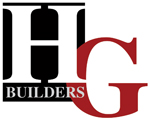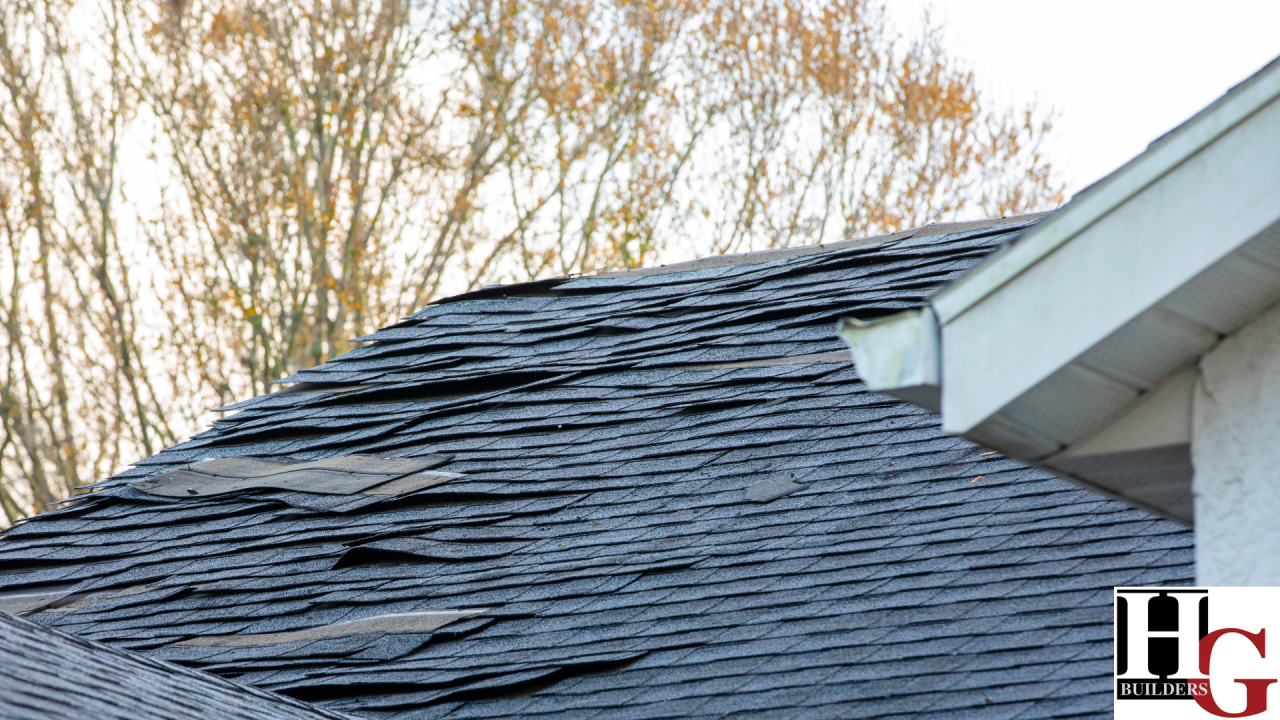DANGERS OF BUYING AN OLD HOME ROCHESTER NYThe Hidden Costs of Roof and Structural Issues in Older Homes
Purchasing an older home can be a journey filled with charm and character. Still, it also comes with its fair share of challenges, particularly regarding roof and structural issues. These problems often have a cascading effect, leading to a series of complications that can be both costly and hazardous. This article will explore the multifaceted issues associated with buying an older home with a roof and structural problems.
Roof Troubles: The Gateway to Further Damage
The roof of a home is its first line of defense against the elements. In older homes, roofing materials may be nearing the end of their lifespan, leading to leaks and water damage. These leaks are more than just a nuisance; they can be the catalyst for a domino effect of problems:
- Water Damage and Mold: Persistent leaks can lead to water damage inside the home, affecting ceilings, walls, and even the foundation. Over time, this moisture creates the perfect breeding ground for mold and mildew, posing significant health risks and costly remediation.
- Insulation Deterioration: Water intrusion can compromise the effectiveness of insulation, leading to increased heating and cooling costs and a decrease in overall energy efficiency.
- Electrical Hazards: Older homes often have outdated electrical systems that can be further compromised by water from roof leaks, posing serious safety risks.
Structural Concerns: A Threat to Safety and Integrity
Structural issues in older homes can range from settling foundations to deteriorated support beams and joists. These problems can lead to a range of complications:
- Safety Risks: Structural weaknesses can pose serious safety hazards, from the risk of falling debris to the potential collapse of home parts.
- Uneven Floors and Cracked Walls: As structures settle and warp, they can lead to uneven floors, cracked walls, and misaligned doors and windows, affecting both the aesthetics and functionality of the home.
- Increased Repair Costs: Addressing structural issues is often invasive and expensive, requiring professional expertise. The cost can escalate quickly, especially if problems are extensive.
The Domino Effect of Neglect
Ignoring these issues can lead to an array of secondary problems. For instance, a weakened structure can impact plumbing and HVAC systems, leading to further repairs. The aesthetic and comfort issues can make the home less appealing and livable.
Navigating the Challenges
Navigating the challenges of purchasing an older home requires a well-informed and strategic approach. Prospective buyers must be vigilant and proactive in several key areas to ensure they make a sound investment. Here’s an expanded view of the essential steps to take:
Conduct Thorough Inspections
Prospective buyers should consult certified inspection experts specializing in older homes to conduct comprehensive roof and structural inspections. These inspections should go beyond surface-level assessments, delving into the foundation’s integrity, the condition of load-bearing walls, and the state of the attic and basement structures. An in-depth roof inspection is also vital to assess the shingles and the underlying decking, insulation, and potential for hidden leaks. These detailed evaluations clearly show the home’s condition and any imminent repairs needed.
Budget for Repairs
Buyers need to understand that older homes often come with a need for immediate and future repairs. Allocating a realistic budget for these repairs is essential. This budget should account for the visible repairs and potential unseen issues that arise after purchase. Buyers should consider having a contingency fund, typically around 20% of the home’s value, to cover these unexpected expenses. Factoring in these costs to the home’s overall price helps make a financially sound decision.
Prioritize Safety
Addressing any identified structural and roof issues should be a top priority. Structural weaknesses can pose significant safety hazards, while roof problems can lead to water damage and mold growth. Promptly repairing these critical areas not only ensures the safety of the residents but also helps preserve the structural integrity of the house. Sometimes, immediate intervention may be required to make the home habitable and safe.
Consider Long-term Investments
When dealing with older homes, it’s beneficial to think long-term. Though initially costly, investments like roof replacement, updating the electrical and plumbing systems, or adding structural reinforcements can significantly extend the house’s lifespan. These improvements can also enhance the home’s energy efficiency, reduce maintenance costs, and increase its market value. Prospective buyers should weigh these long-term benefits against the initial investment to make informed decisions.
Assess Energy Efficiency Upgrades
Older homes often need to catch up in energy efficiency. Assessing the potential for upgrades like insulation, window replacements, and modern heating and cooling systems can lead to considerable savings in utility bills. These upgrades improve comfort and contribute to the home’s overall eco-friendliness.
Explore Historical Significance
If the home has historical significance, additional considerations may come into play. Understanding local regulations and grants available for restoring historic properties can be beneficial. Restoring a historic home can be rewarding but requires adherence to specific standards and guidelines.
By thoroughly navigating these challenges, prospective buyers can make well-informed decisions, ensuring their investment in an older home is safe and rewarding. It’s about balancing the allure of historical charm with the practicalities of modern living.
While older homes can be a treasure trove of history and charm, they also come with significant challenges, especially regarding roofing and structural integrity. Understanding and preparing for these challenges is crucial. With careful consideration and proactive management, homeowners can navigate these issues successfully, ensuring their charming older home remains safe, sound, and secure for years.
The Advantages of Building a New Home Over Buying an Old One
When choosing between building a new home and buying an old one, several compelling reasons tilt the balance in favor of new construction. Understanding these benefits can help prospective homeowners make informed decisions that align with their long-term goals and lifestyle preferences.
Customization and Personalization
One of the most significant advantages of building a new home is the level of customization it offers. New construction allows you to tailor every aspect of your home to your specific needs and tastes, from the floor plan to the finishes. You have the freedom to design a living space that reflects your personality and lifestyle, which is often not feasible with older homes due to structural or design limitations.
Modern Amenities and Energy Efficiency
New homes are built with the latest technologies and materials, ensuring higher energy efficiency and modern amenities. They typically include state-of-the-art appliances, advanced HVAC systems, and better insulation, contributing to lower utility bills and a smaller carbon footprint. In contrast, older homes may require significant updates to improve energy efficiency and functionality.
Lower Maintenance and Repair Costs
Newly built homes come with the assurance of minor to no immediate maintenance issues. Everything from the roof to the foundation is brand new, which means lower repair costs and fewer headaches in the early years of homeownership. Even with thorough inspections, older homes can harbor hidden problems that may lead to costly repairs and ongoing maintenance.
Warranties and Modern Building Standards
New constructions often come with warranties that cover significant components of the house for several years. This provides a safety net that most old homes can’t offer. Additionally, new homes are built in compliance with current building codes and standards, offering better safety and resilience against environmental factors such as severe weather, which can concern older structures.
Health and Safety Considerations
New homes are constructed using materials that meet the latest health and safety standards, reducing the risks associated with lead paint, asbestos, or mold in older homes. The indoor air quality is generally better in new constructions due to improved ventilation systems and the absence of previous occupants’ allergens or pollutants.
Emotional Satisfaction and Peace of Mind
There’s an undeniable emotional satisfaction and sense of achievement that comes with building your own home. It’s a space uniquely yours from the start, untouched and untainted by previous owners. This emotional connection, combined with the peace of mind from knowing the history and makeup of every inch of your home, is invaluable.
While the charm of an old home can be enticing, the benefits of building a new home – customization, modern amenities, energy efficiency, lower maintenance costs, warranties, and health considerations – present a strong case. For those looking to make a long-term investment that aligns with contemporary living standards, building a new home is an option that offers both tangible and intangible rewards.
In conclusion, the decision to build a new home rather than purchase an older one is a forward-thinking choice that aligns with the aspirations of modern homeowners. It’s an investment in a future that promises personalized design, cutting-edge technology, energy efficiency, and reduced maintenance concerns, all wrapped in the peace of mind that comes from knowing every inch of your home is built to the highest safety and quality standards. While the nostalgia of an old house has appeal, the benefits of building new are undeniably substantial, offering a lifestyle that is not just about living in a space, but thriving in an environment tailored to your unique vision and needs.
Choose to build new and step into a world where your home is more than a structure; it embodies your dreams and a foundation for a brighter future.

